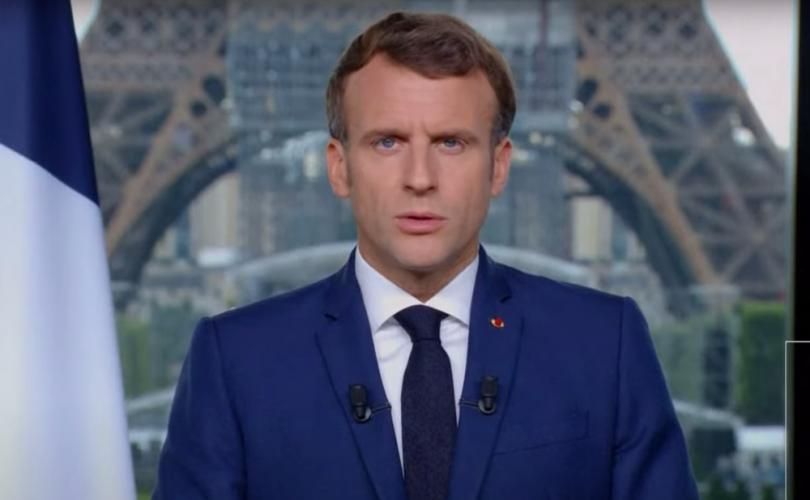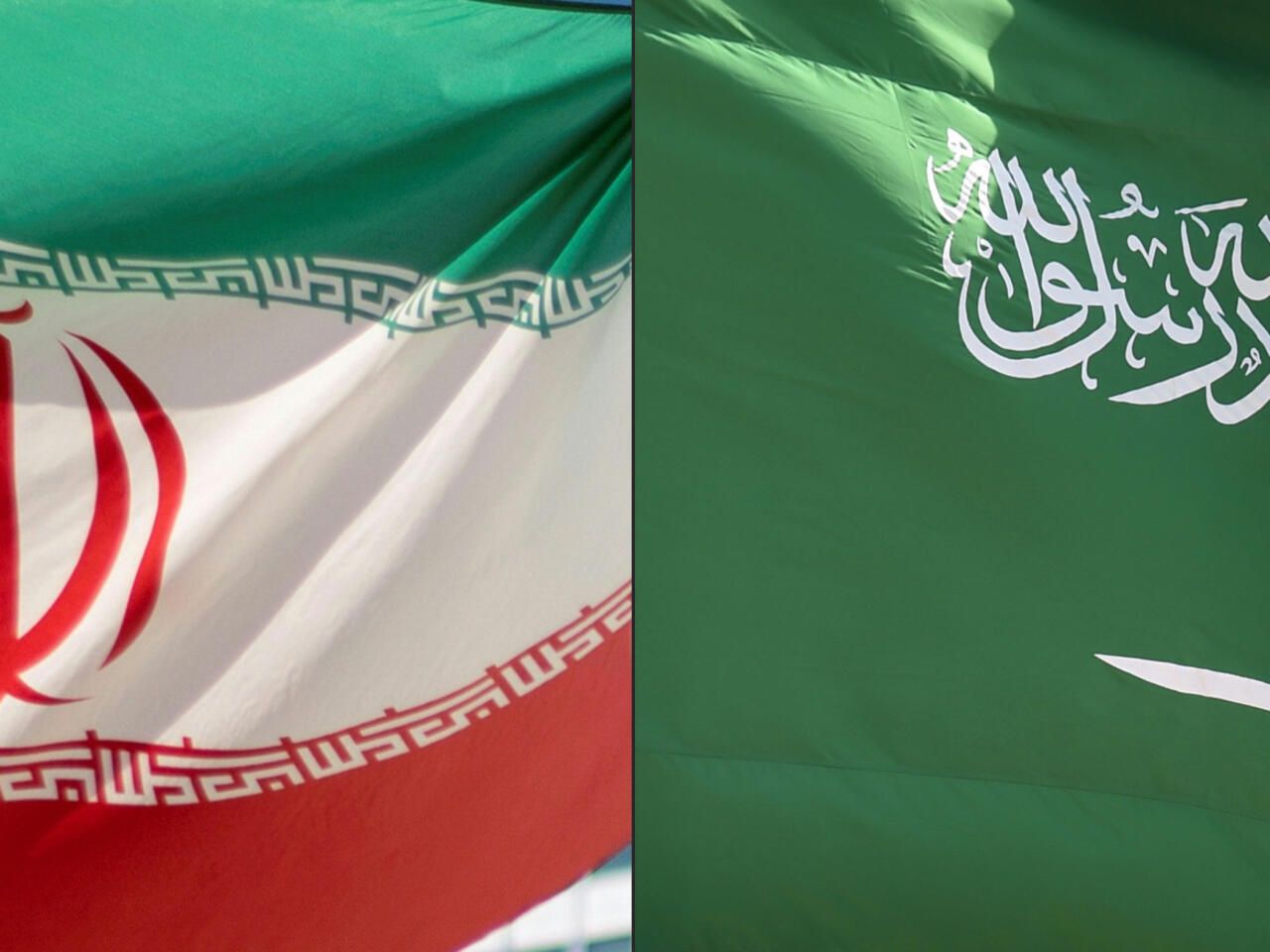Disney+ Greenlights German Original About Pregnant Teen Who Falls In Love With The Devil
Disney+ has unveiled a German original about a teenager who falls in love with the devil from the team behind Netflix’s How to Sell Drugs Online (Fast).
Pauline follows the eponymous protagonist, an 18-year-old who accidentally becomes pregnant – from a one-night stand. With school stress, the climate crisis and the downfall of society weighing heavily on her mind, something she doesn’t need at all right now is catching feelings, especially not for her one-night stand Lukas, who, as it turns out, is the devil himself.
Pauline is penned by Sebastian Colley and EPs are Philipp Käßbohrer and Matthias Murmann, who combined on 2019’s How to Sell Drugs Online (Fast) for Netflix. Arabella Bartsch, Alma Buddecke and Facundo Scalerandi are directors.
“And the LORD said to Satan, “From where do you come?” So Satan answered the LORD and said, “From going to and fro on the earth, and from walking back and forth on it.” Job 1:7

“For a long time, the series has been and still remains a project very close to our hearts,” said Käßbohrer and Murmann.
“We’re thrilled that Disney+ loves this coming-of-age story as much as we do and that we’ve now been able to begin filming with such an amazing cast and crew.”
Show stars a diverse cast of up-and-coming young actors including Sira-Anna Faal (Berlin Nobody) as Pauline, Ludger Bökelmann as Lukas and Lukas von Horbatschewsky (Druck).
Disney+ is preparing to launch its first ever German original, Sam – A Saxon, which comes from Deutschland 83 co-creator Jörg Winger.











